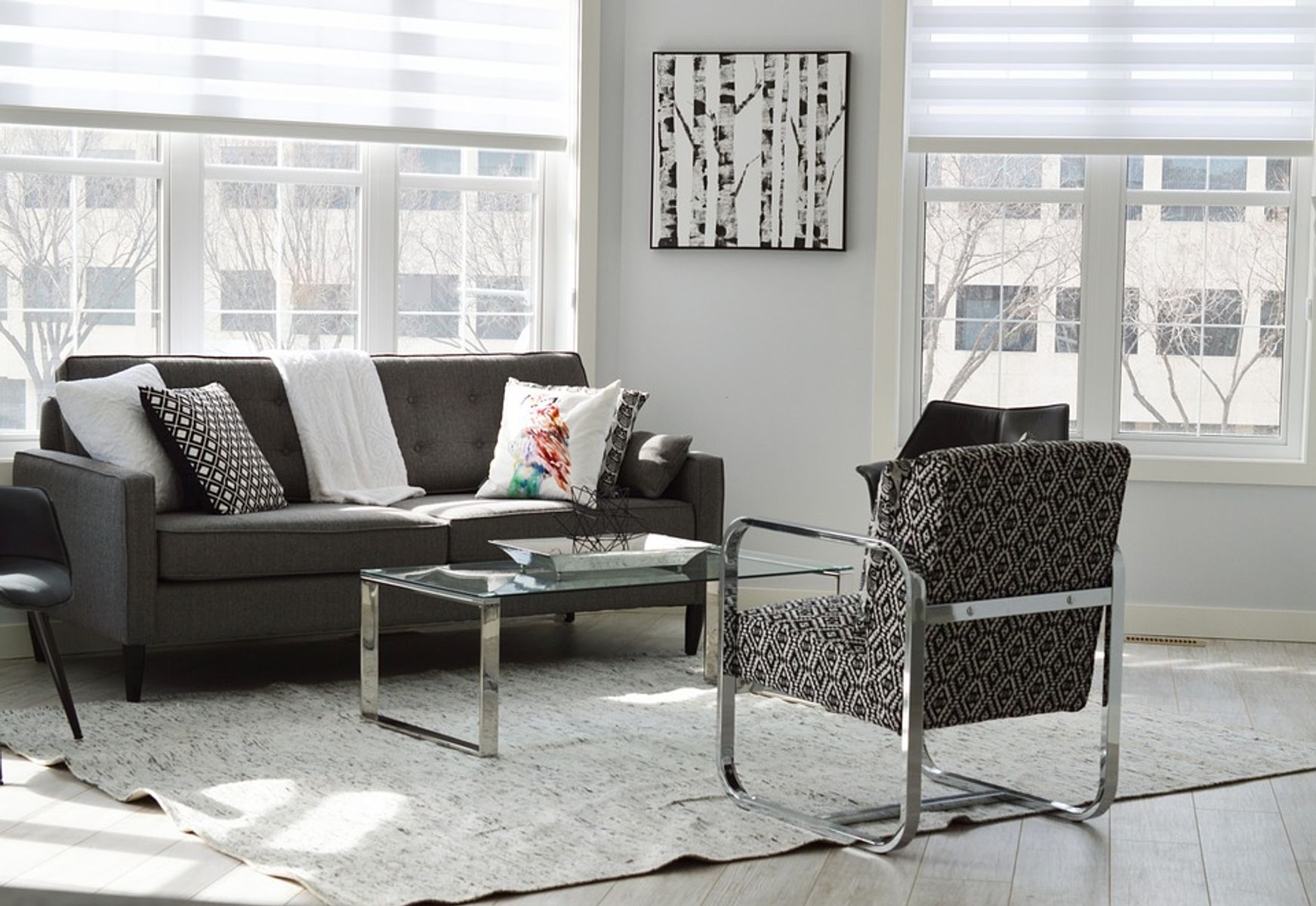
Apartment life has its perks, but it also has its downsides – the most common being how damn noisy it can get! Building by-laws and regulations can make it tricky to assert your rights and implement solutions, however there are some permanent and not so permanent solutions that can help.
1. Talk to your neighbours
Before implementing anything that costs you time or money, go to the source. It can go either way but if you have a reasonable neighbour, a simple conversation may be the solution. It’s impossible for your neighbour to know what their lifestyle sounds like in your apartment unless they’ve been in it, or you tell them. A simple conversation about shared walls, TV or music volumes or maybe not wearing heels on the floorboards before 9 am could be as complex as it gets. This chat could go either way however, so be prepared for the opposite and move on to the steps below when you don’t get the response you were hoping for.
2. Soften surfaces and create sound buffers
If you can’t stop the noise, you can cut it down at your end. Modern apartments are filled with hard surfaces such as concrete and timber floors, which in many cases are also uncovered, further amplifying transit sounds as residents move through their home. You can reduce your own noise by putting down rugs or floor coverings and implementing a no shoe policy inside. If next door’s chaos is really unbearable, try fabric panels or strategically placed artworks, with foam padding stuffed into the frames. In apartments with lots of glass, in noisy locations, double glazing is transformative and can cut external noise by up to 75%. Failing that, layers of curtains can help. A sheer under curtain allows filtered light through, then a heavier curtain can be pulled across if noise reduction is needed.
3. Architecture in action
As a renter this may be of no use, but as an owner, the introduction of a design element such as ceiling baffles can make a huge difference both stylistically and to achieve that coveted peace and quiet. These are particularly useful in expansive spaces, or rooms with high ceilings. They not only buffer noise from above, but they will also reduce noise transmission and echoing inside the space too. Look for gaps under doors and listen for transmission through shared air vents or ducts as well. Unusual transmission of sounds could be due to a non-compliant gap somewhere and should be reported as a fire safety risk to the relevant person.
4. A place for books
Bookshelves are one of the best sound reduction methods available – as well as being a great aesthetic addition to any home or space. A sturdy shelf, filled with books, against a shared wall provides double the buffering. If books are not available or not your style, try a closed back shelf with a layer of foam padding between the shelf and the wall.
Did you try out any of these tips or have? Let us know if this helped you.
-
over 1 year agoHow to Declutter your Home this Spring
-
over 8 years agoReal Rent Values Based On Empirical Data
-
over 9 years agoThe Party Introduction
